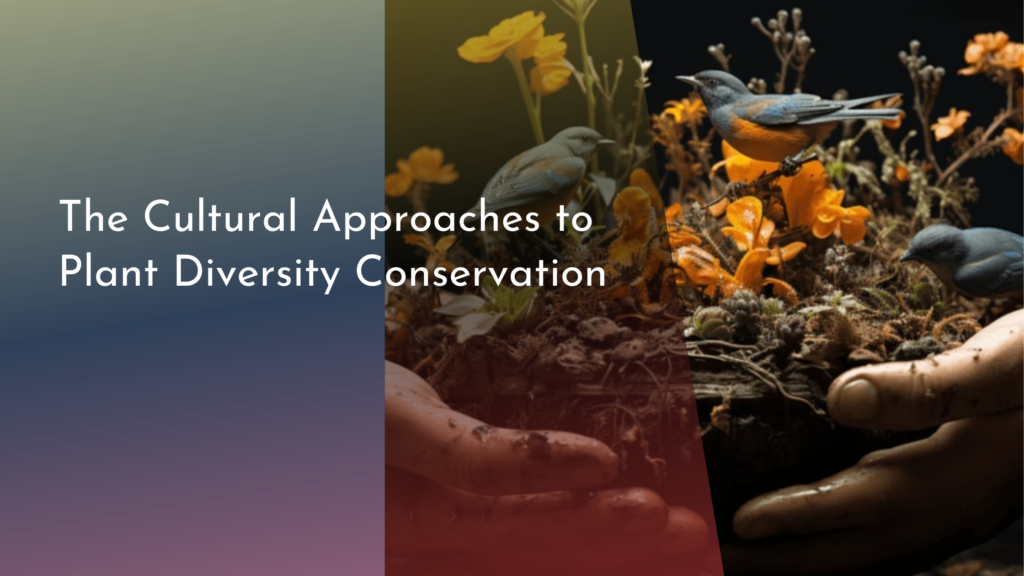Spider Silk Proteins in Biodegradable Medical Sutures
In the realm of advanced medical technologies, spider silk has emerged as an intriguing biomaterial. Known for its remarkable strength and elasticity, spider silk proteins are finding new applications in the field of biodegradable medical sutures. These innovative sutures not only enhance the healing process but also offer an eco-friendly alternative to traditional materials. As research continues to unveil the properties and potentials of spider silk, the future of wound care looks promising and exciting.
Spider silk’s unique characteristics stem from its complex protein structure, which has evolved over millions of years. Composed primarily of glycine and alanine, the proteins can be engineered to mimic the natural production of silk by spiders. This adaptability opens doors for its use in various medical applications, particularly in biodegradable sutures that dissolve naturally as the body heals. By delving into the science of spider silk and its integration into medical technologies, we can appreciate the remarkable potential it holds for improving patient outcomes.
Exploring the Wonders of Spider Silk in Medicine
Spider silk has captivated scientists and researchers for decades due to its unique properties. It is incredibly lightweight yet exceptionally strong—five times stronger than steel when comparing equal diameters. This combination of strength and flexibility makes spider silk an ideal candidate for various medical applications, particularly in the creation of sutures that need to withstand the rigors of the healing process. Unlike synthetic sutures, which can lead to complications like inflammation or rejection, spider silk is naturally biocompatible, making it a favorite among medical researchers exploring innovative solutions.
Moreover, the production of spider silk proteins can be achieved through various methods, including genetic engineering of bacteria or yeast. These organisms can be programmed to synthesize silk proteins that can then be harvested and processed into sutures. This sustainable and efficient approach eliminates the need for harvesting silk from spiders, ensuring a steady supply of this extraordinary material. As we explore the wonders of spider silk in medicine, it becomes evident that its potential goes far beyond traditional applications, paving the way for groundbreaking advancements in healthcare.
The Science Behind Biodegradable Sutures Explained
Biodegradable sutures represent a significant advancement in medical technology, as they dissolve naturally over time, reducing the need for painful suture removal. The science behind biodegradable sutures lies in their material composition and the rate at which they break down in the body. Traditional sutures often rely on synthetic materials that can lead to complications, while spider silk sutures are designed to degrade safely as the tissue heals, minimizing patient discomfort and risk of infection.
What sets spider silk apart is its ability to provide structural support during the critical healing phases. As the silk slowly absorbs moisture and enzymes from the surrounding tissue, it breaks down and is absorbed by the body. This gradual decomposition aligns with the natural healing process, allowing the sutures to provide critical support without hindering tissue regeneration. Thus, the science behind biodegradable spider silk sutures not only enhances patient comfort but also promotes faster recovery times, making them an invaluable tool in modern medicine.
Benefits of Spider Silk Proteins for Healing Wounds
The use of spider silk proteins in medical sutures carries numerous benefits for wound healing. One of the most notable advantages is their inherent antimicrobial properties. Research has shown that spider silk can inhibit the growth of various pathogens, significantly reducing the risk of infection at the wound site. This protective characteristic is particularly vital in surgical applications, where maintaining a sterile environment is crucial for successful recovery.
Additionally, spider silk’s unique mechanical properties contribute to better healing outcomes. Its elasticity allows it to absorb tension and movement, which is particularly beneficial for sutured areas that experience frequent motion. This adaptability not only helps prevent suture failure but also minimizes scarring, as the sutures can stretch and contract with the surrounding tissues. Consequently, patients who benefit from spider silk sutures often experience smoother healing with less visible scarring, making it an attractive option for both doctors and patients alike.
Future Innovations: Spider Silk in Medical Technologies
As research into the applications of spider silk continues to expand, we can anticipate exciting innovations in medical technologies. Beyond sutures, the potential uses of spider silk span various fields, including drug delivery systems, tissue engineering, and even orthopedic devices. The biocompatibility and strength of spider silk proteins make them ideal candidates for scaffolding in tissue engineering, where they can support cell growth and regeneration, potentially leading to breakthroughs in regenerative medicine.
Moreover, with advancements in biotechnology, the ability to produce spider silk proteins on a larger scale is becoming increasingly feasible. This progress paves the way for the development of more sophisticated medical products that harness the unique properties of spider silk. As healthcare professionals continue to embrace innovative materials, the future of medicine looks bright, with spider silk poised to play a pivotal role in transforming patient care and enhancing recovery outcomes.
In summary, the incorporation of spider silk proteins into biodegradable medical sutures represents a remarkable intersection of nature and technology. The unique properties of spider silk not only provide strength and flexibility but also enhance healing while minimizing complications. As we continue to explore the wonders of this extraordinary material, we can look forward to a future where spider silk plays a significant role in advancing medical technologies, ultimately improving patient care and outcomes. With each discovery, the potential for spider silk in medicine shines brighter, promising a healthier future for all.

